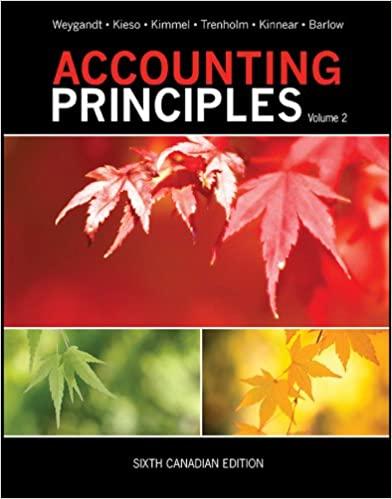Question
On January 1, 2017, X Corp. is incorporated and is authorized to issue 1.5 million shares, $1 par, common stock. X Corp. is a Subchapter
On January 1, 2017, X Corp. is incorporated and is authorized to issue 1.5 million shares, $1 par, common stock. X Corp. is a Subchapter C corp. On January 2, 2017, X Corp. issues 500,000 shares of common stock to Shareholder A at par value. Shareholder A is an individual and his filing status for his federal income tax return is single. This is the only issuance of common stock in 2017. As of December 31, 2017 X Corp. has $300,000 in operating losses and files for bankruptcy. On December 31, 2017 Shareholder A sells all of his common stock to Shareholder B for $275,000. Shareholder B is an individual and his filing status for his federal income tax return is single. Which of the following, if any, is correct?
A. The common stock is not Sec. 1244 stock in the hands of Shareholder A.
B. Corp. X cannot qualify this issuance of common stock as Sec. 1244 stock because Corp. X was authorized to raise capital in excess of $1 million.
C.None of the other choices are correct.
D. If the common stock, at the time it was issued to Shareholder A, qualified as Sec. 1244 stock, then Shareholder A can recognize a maximum ordinary loss of $100,000 on his Form 1040 for 2017.
E. Corp. X cannot qualify this issuance of common stock as Sec. 1244 stock because it was common stock, and Sec. 1244 applies only to preferred stock.
Step by Step Solution
There are 3 Steps involved in it
Step: 1

Get Instant Access to Expert-Tailored Solutions
See step-by-step solutions with expert insights and AI powered tools for academic success
Step: 2

Step: 3

Ace Your Homework with AI
Get the answers you need in no time with our AI-driven, step-by-step assistance
Get Started


